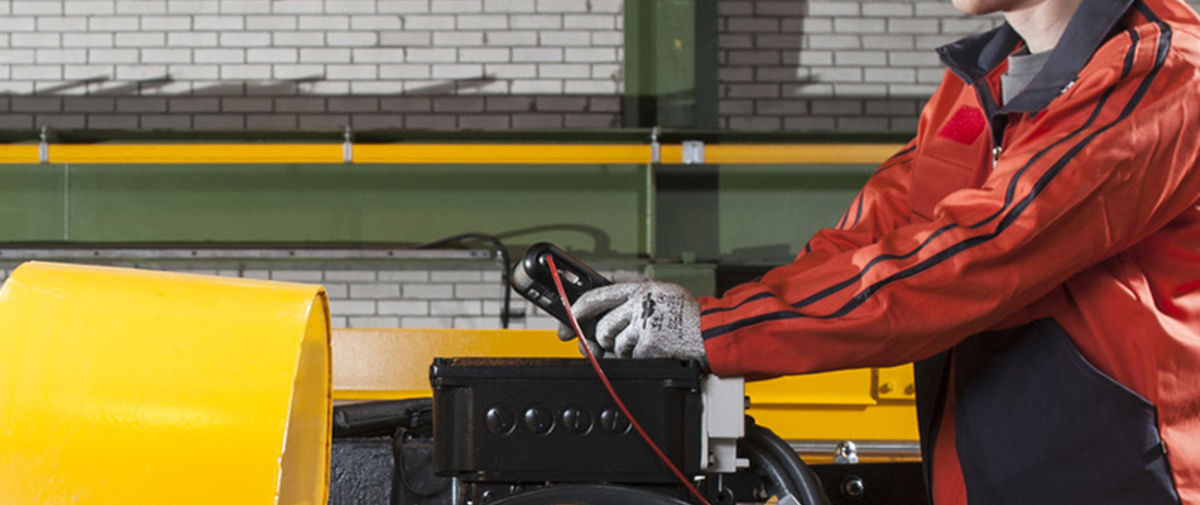Owning an older overhead crane and having a limited capital budget doesn’t have to mean continuing to get by with outmoded technology as your processes change and production demands increase.
By Bob LoCasale, Vice President, Parts, Region Americas
Overhead crane modernization, a cost-saving alternative to buying new equipment, enables your business to benefit from the more efficient, updated technology that is available in brand new cranes. And crane modernization raises your operational productivity and profitability, as you decrease maintenance costs and control capital expenditures.
If you haven’t looked into crane modernization, you’ll likely be surprised by the range of safety and productivity enhancements possible through updating older cranes. Konecranes has modernized cranes going back to the early 1900s.
Modernizing even vintage overhead cranes can be accomplished without affecting the character of a historic building. The key is verifying the soundness and life expectancy of the structure.
Productivity can be increased with increased capacity
Modernization substantially reduces the weight of older cranes, as new motors, trolleys, hoists and other components are significantly lighter than original equipment. Reduction of dead weight like this often can increase the capacity of an overhead crane – an important consideration, as the load demands on your equipment have likely increased over the years. The objectives of any crane modernization should be more efficient operation and improved productivity, both of which lead to increased profitability.
Modernization allows for addition of safety features
Enhanced safety also is a key consideration. Sway control technology, one of the more popular safety upgrades in crane modernization projects, prevents loads from swinging while enabling operators to move loads faster and position them more accurately.
A variety of automated features can be added in crane modernization projects. For instance, cranes in busy, congested facilities can be automated to run on selected safe travel paths. And automated zone control allows a crane to be programmed to operate only in certain areas to protect personnel and property.
Another high-tech upgrade is distance detection control, which senses proximity of other cranes on a runway to prevent collisions.
Updated cabs enhance safety and productivity. They provide operators a better view of their surroundings and feature ergonomically designed seats with built-in controls. These features promote operator comfort, reducing back and neck strain, and making the crane easier and less tiring to operate.
And, as an alternative to a new cab, some crane users are choosing to install radio controls. This enables operators to get out of the cab and perform multiple functions, improving productivity and reducing operational costs.
Crane modernization offers more possibilities than you might imagine for updating old equipment to new standards of productivity and safety.
